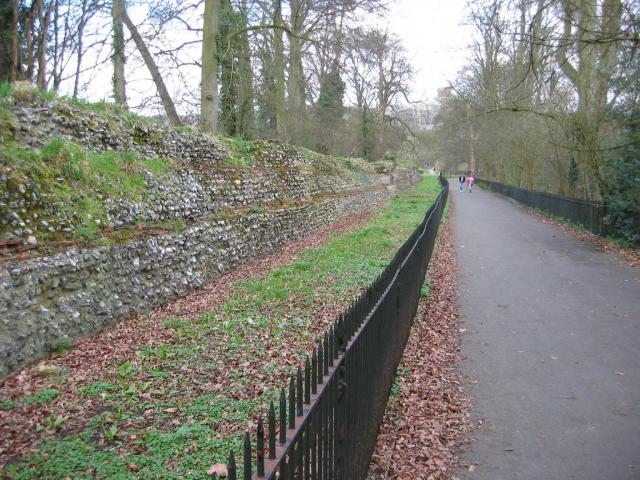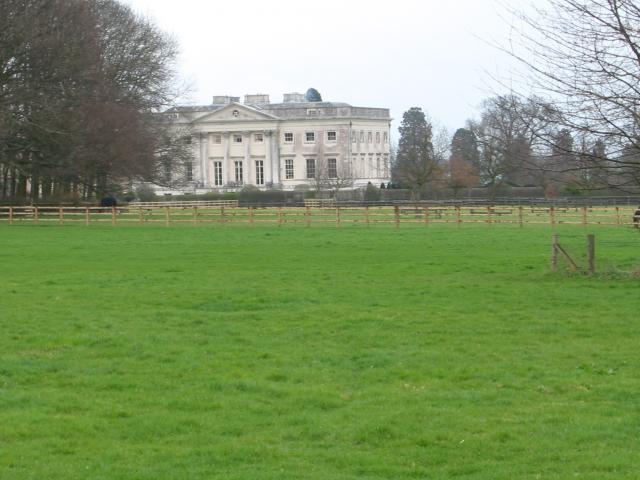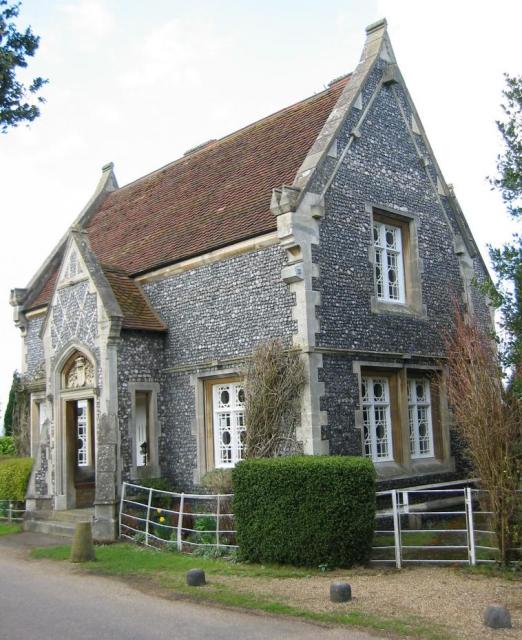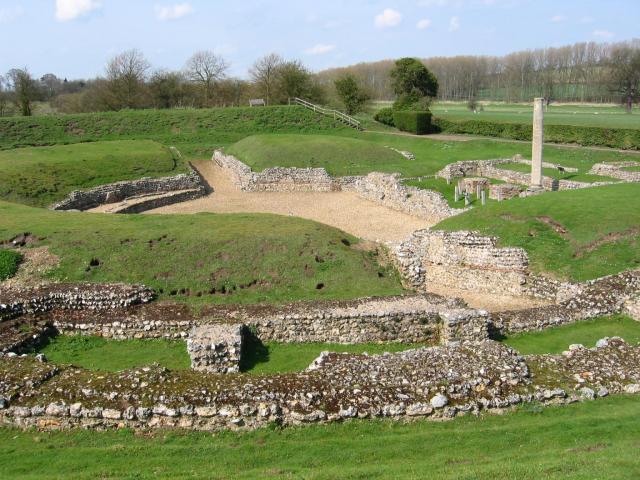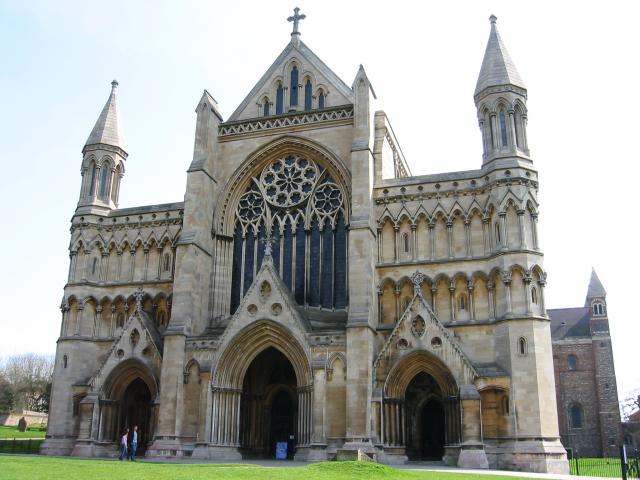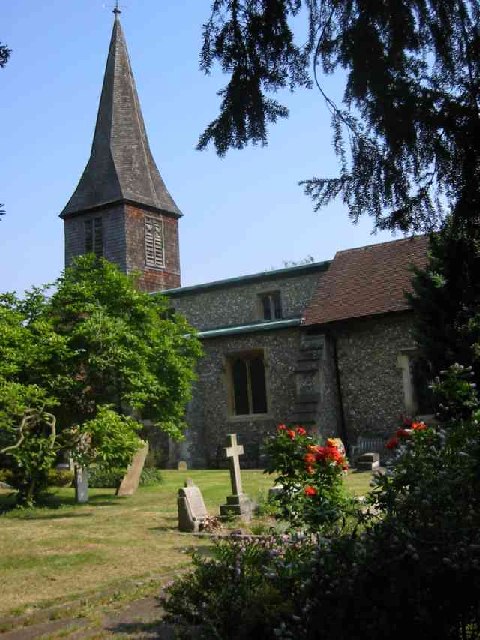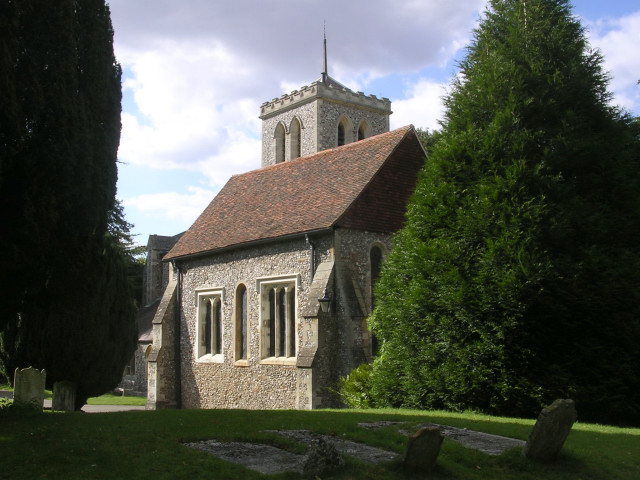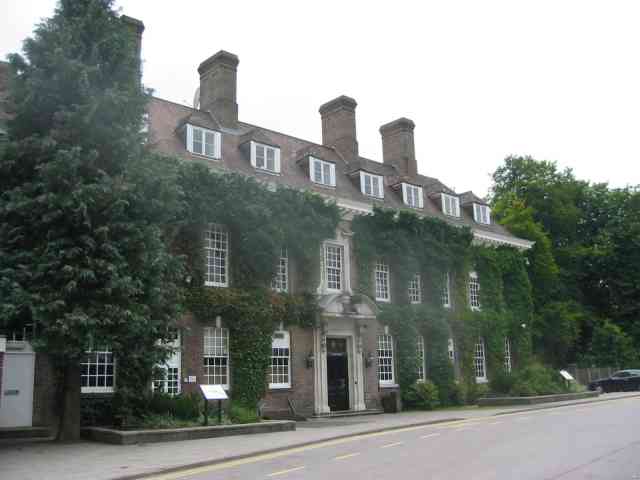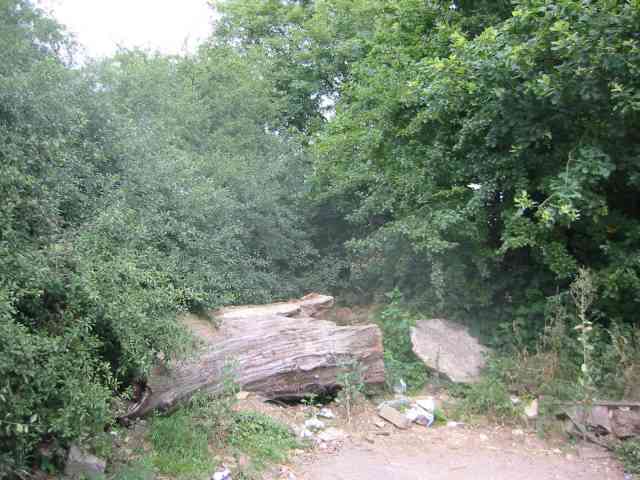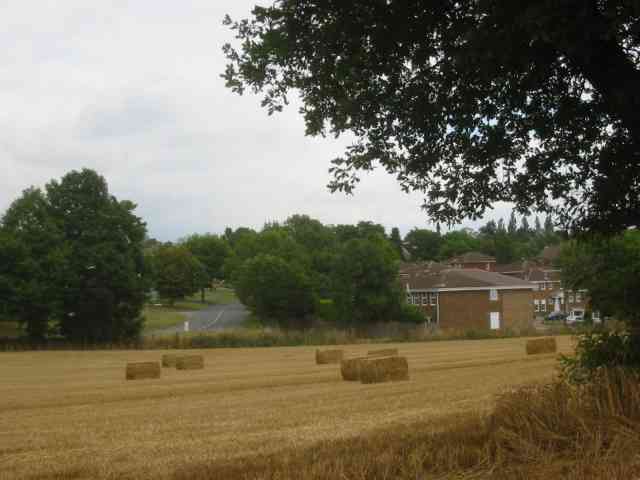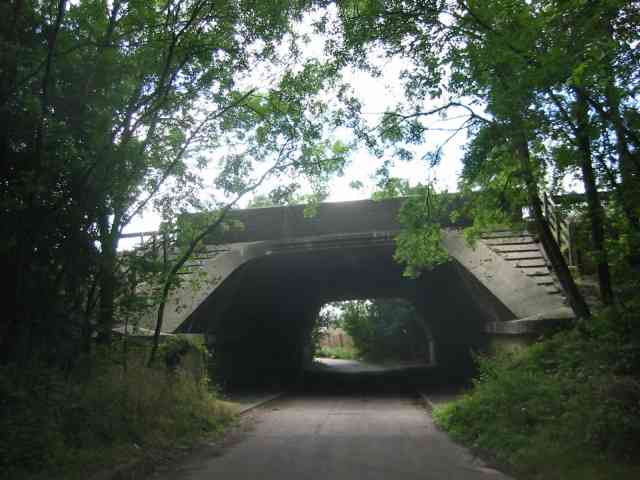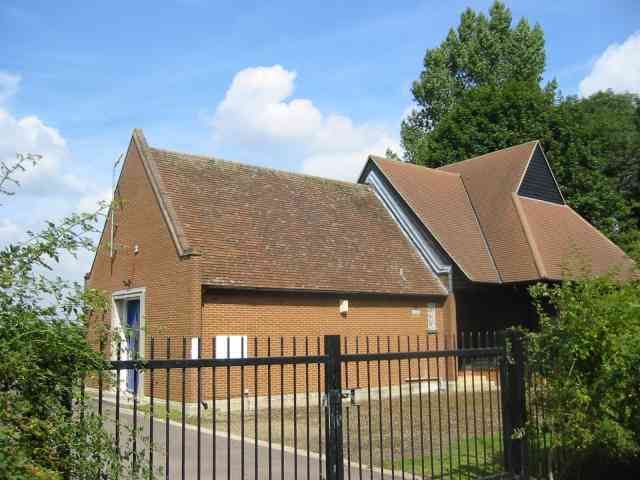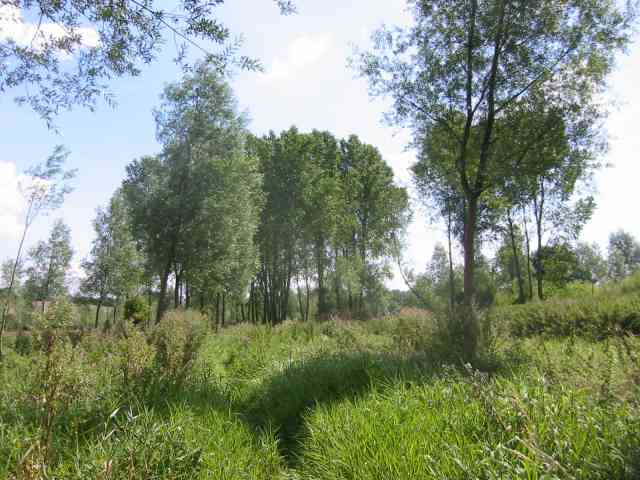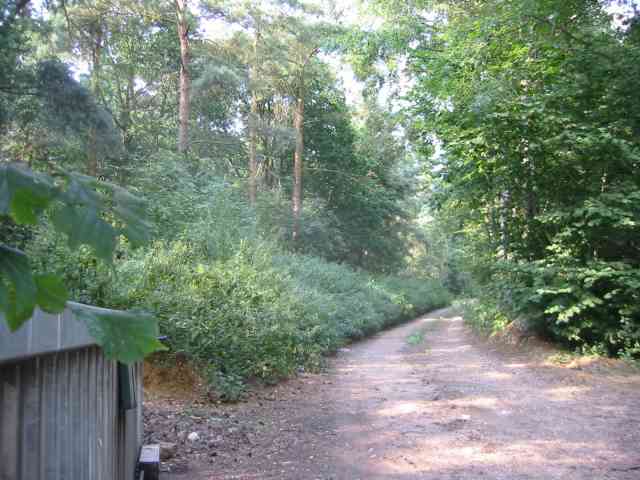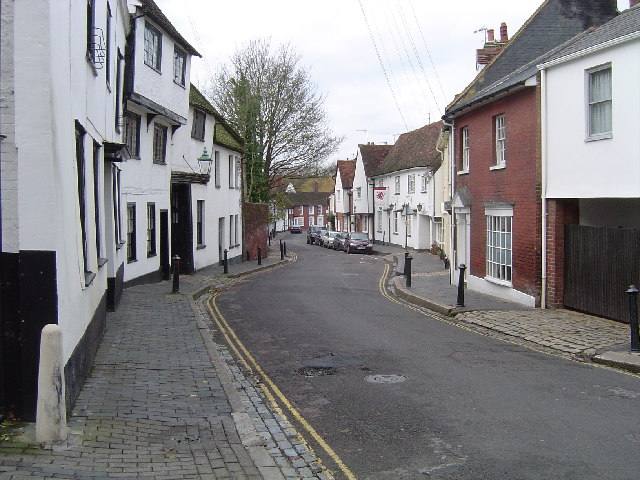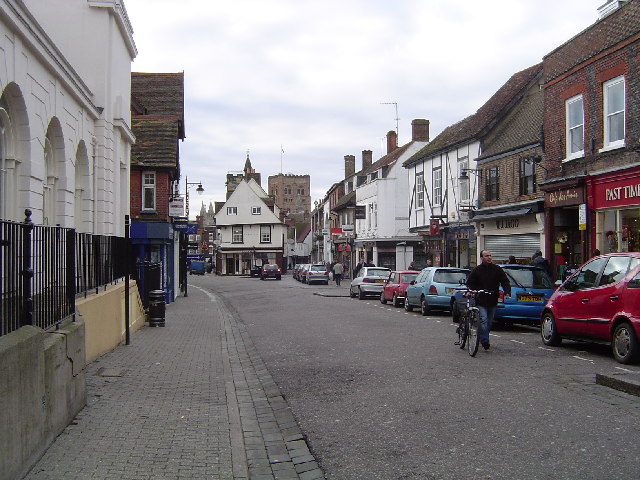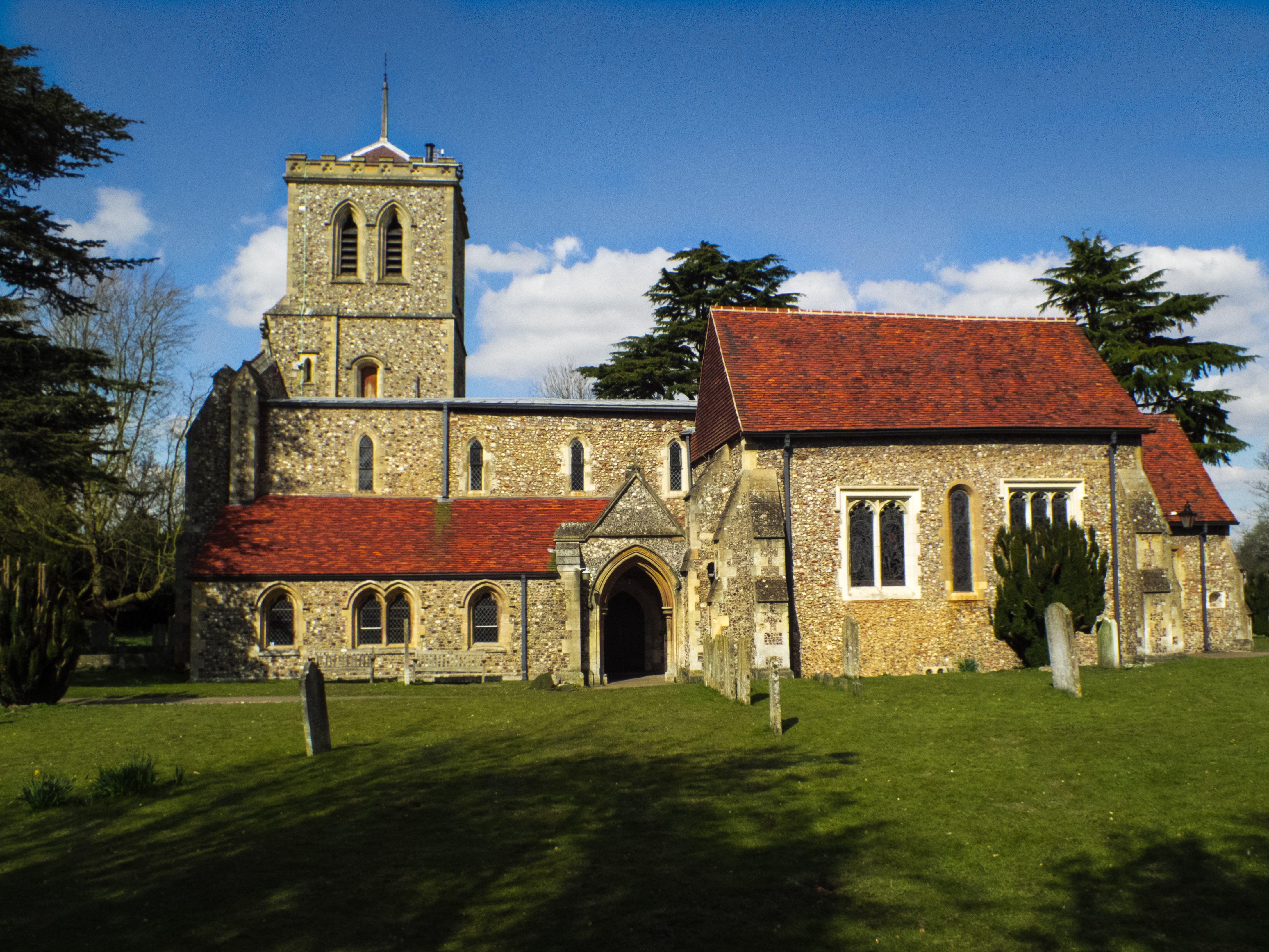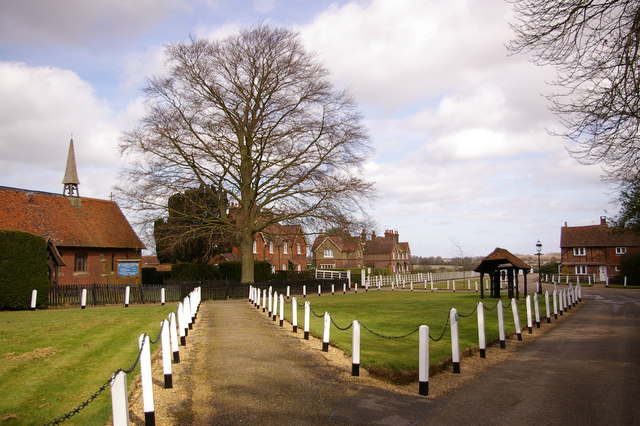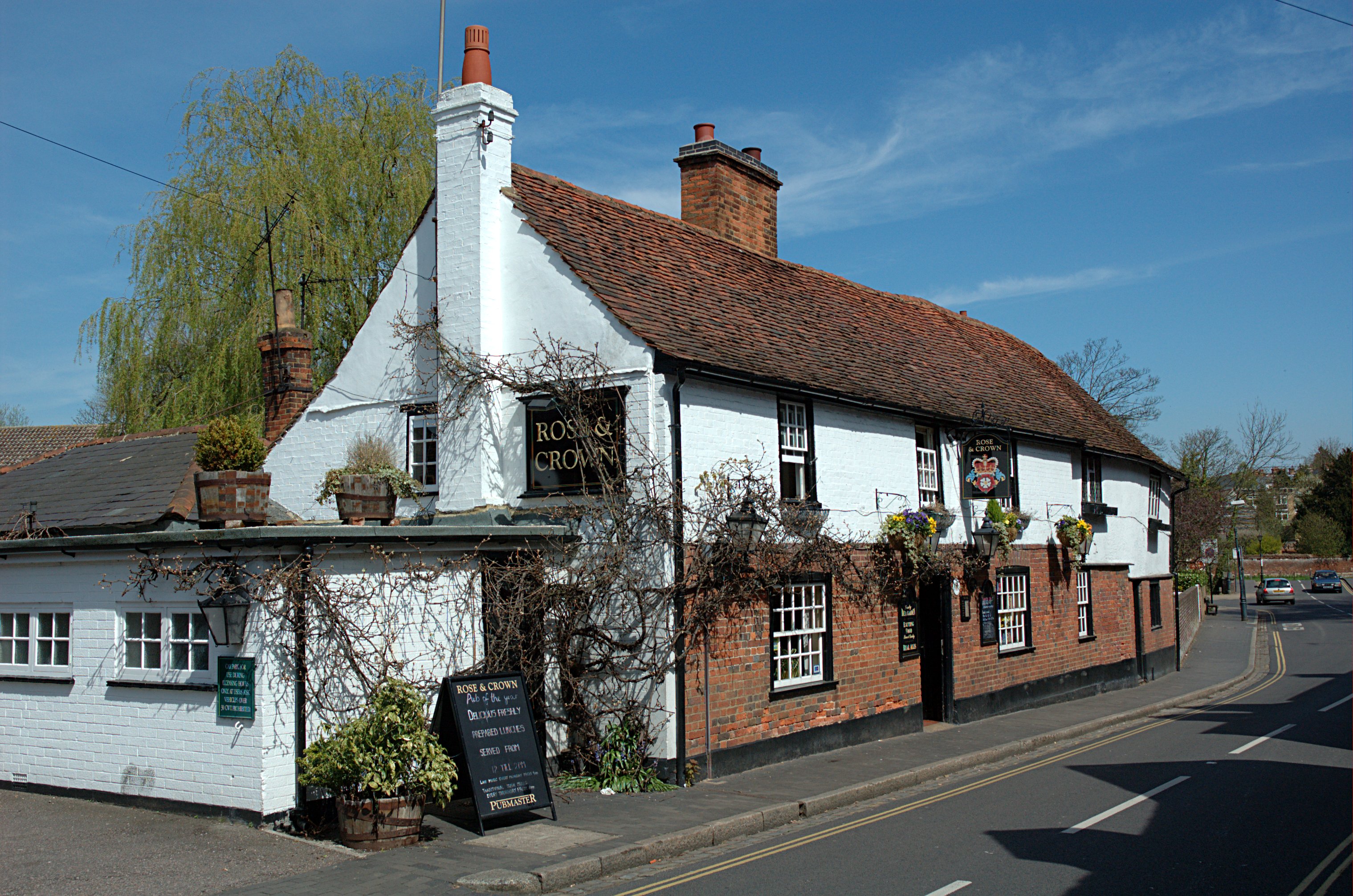The Fosse
Heritage Site in Hertfordshire
England
The Fosse
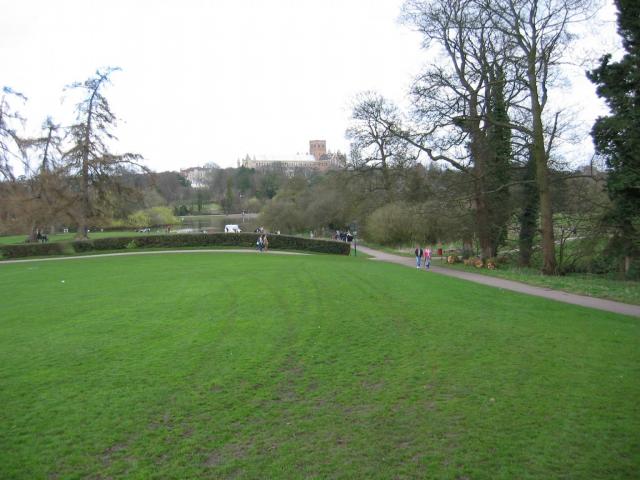
The Fosse, located in Hertfordshire, England, is a historical heritage site that holds significant cultural and archaeological importance. It is believed to be an Iron Age hillfort, dating back to around 300 BC, and is recognized as a Scheduled Monument by English Heritage.
Situated on a prominent ridge overlooking the surrounding countryside, The Fosse was strategically positioned to provide a defensive advantage. The site covers an area of approximately 3.5 hectares and consists of a series of earthwork ramparts and ditches. These defensive features would have provided protection to the inhabitants from potential threats during ancient times.
The Fosse is surrounded by a diverse range of flora and fauna, contributing to its ecological significance. The site offers a unique opportunity for visitors to explore the natural beauty of the area, with various walking trails and viewpoints providing stunning vistas of the surrounding landscape.
Archaeological investigations have unearthed numerous artifacts at The Fosse, including pottery, flint tools, and evidence of metalworking. These findings provide valuable insights into the daily lives and activities of the people who once inhabited the hillfort.
Today, The Fosse serves as an important cultural and historical resource for the local community and attracts visitors interested in learning about the region's ancient past. With its rich heritage and picturesque setting, The Fosse continues to be a site of great archaeological and historical significance.
If you have any feedback on the listing, please let us know in the comments section below.
The Fosse Images
Images are sourced within 2km of 51.753/-0.37 or Grid Reference TL1207. Thanks to Geograph Open Source API. All images are credited.
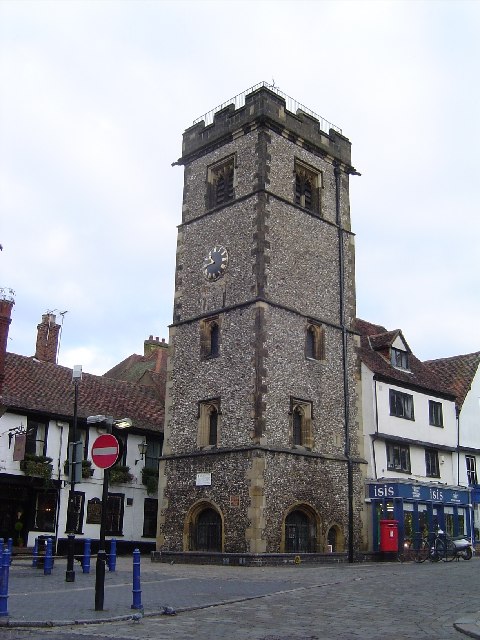
The Fosse is located at Grid Ref: TL1207 (Lat: 51.753, Lng: -0.37)
What 3 Words
///hurls.parts.privately. Near St Albans, Hertfordshire
Nearby Locations
Related Wikis
Verlamion
Verlamion, or Verlamio, was a settlement in Iron Age Britain. It was a major centre of the Catuvellauni tribe from about 20 BC until shortly after the...
St Michael's Church, St Albans
St Michael's Church is a Church of England parish church in St Albans, Hertfordshire, England. Much of the building is late 10th or early 11th century...
The Six Bells
The Six Bells is a public house in St Michael's Street in St Albans, Hertfordshire, England. The seventeenth-century timber-framed building is situated...
St Michael, Hertfordshire
St Michael is a civil parish in the St Albans district in Hertfordshire, England. The parish is named after but no longer includes St Michael's Church...
Rose and Crown, St Albans
The Rose and Crown is a public house in St Michael's Street, St Albans, Hertfordshire, England. The building appears to be eighteenth century and is listed...
Verulamium
Verulamium was a town in Roman Britain. It was sited southwest of the modern city of St Albans in Hertfordshire, England. A large portion of the Roman...
Scheduled monuments in Hertfordshire
There are 225 scheduled monuments in the county of Hertfordshire, England. These protected sites date from the Neolithic period and include barrows, ruined...
Kingsbury Watermill
Kingsbury Watermill is a Grade II listed former watermill on the River Ver in St Albans, Hertfordshire, England. == History == There is no certain date...
Nearby Amenities
Located within 500m of 51.753,-0.37Have you been to The Fosse?
Leave your review of The Fosse below (or comments, questions and feedback).
